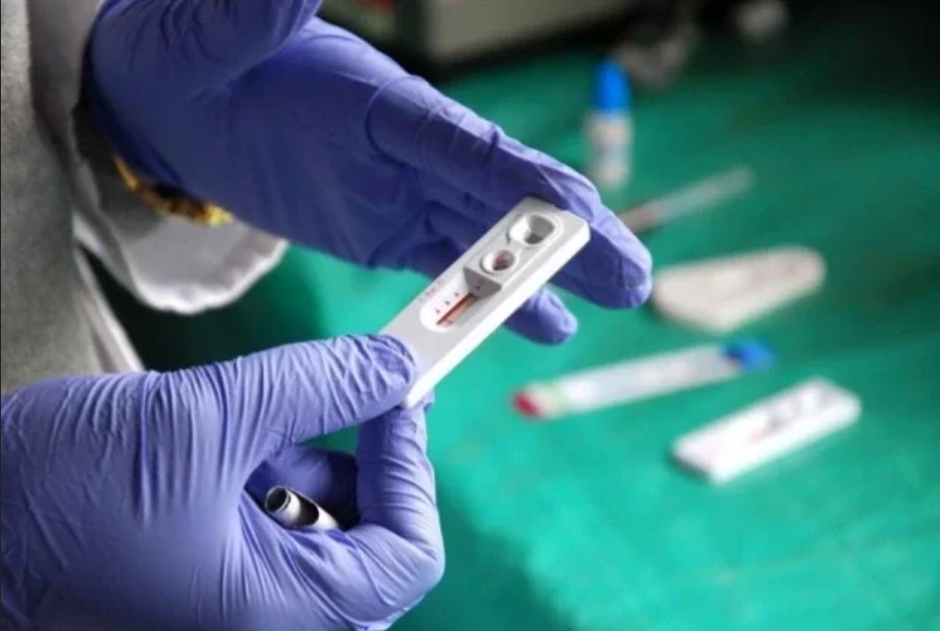
HIV progresses
in stages and each of these stages has different symptoms.
Symptoms of HIV during the early stage:
Early signs of HIV begin to appear within 24 weeks after the getting infection. These early HIV-positive signs can last for a few weeks. These include the following:
Fever
Rash
Muscle aches, joint pain, headaches
Swollen
lymph nodes
Sore throat
Symptoms of HIV during the clinical latency stage
The clinical latency stage of HIV comes after the early phase of the infection. This stage is also called chronic
HIV infection. There are not many symptoms at this stage of the infection or these can be very mild. For those not undergoing any kind of HIV infection treatment, this stage can last for at least a decade or longer. But for those seeking treatment, this second stage can continue for many decades without progressing to the last stage.
Some of the mild symptoms at the chronic HIV infection stage are:
Fever
Diarrhea
Fatigue
Weight loss
Other yeast or viral infections
Symptoms of HIV during the last stage:
If not treated, the disease progresses to the last stage within a decade or so. This last stage is when AIDS develops.
HIV signs and symptoms during AIDS are as follows:
Recurring fever
Night sweats
Weight loss
Chronic diarrhea
Rash
Persistent fatigue
Sores in the mouth
Perpetual swelling in the lymph nodes
Pneumonia
Depression, memory loss
Treatment for HIV
The treatment for HIV must ideally begin as soon as one tests positive for the virus. On observing the first HIV warning signs, it is imperative to consult a doctor and arrange for a test to confirm the infection.
There are many different types of medicines that treat HIV. Each drug for HIV treatment fights the infection differently. Doctors prescribe these drugs in a combination of 23 different types. This is a preventable measure to stop the viruses from becoming resistant to a specific type of drug and thus becoming ineffective.
Treatment for HIV should begin as early as possible. But it is especially important if the CD4 count is lower than 350 if you are pregnant if you are receiving treatment for infections like hepatitis, or if your symptoms are severe.
Doctors formulate a treatment plan for HIV after checking the CD4 count of the patients. The objective of HIV treatment is to lower the viral load in the body. The treatment plan can be different for individuals, depending on their health and HIV stage.